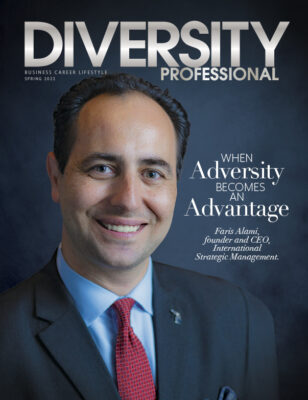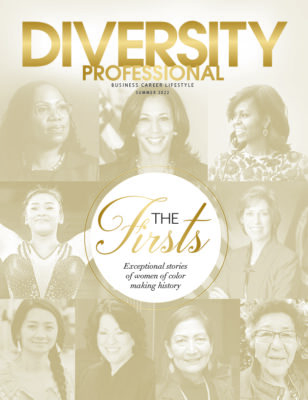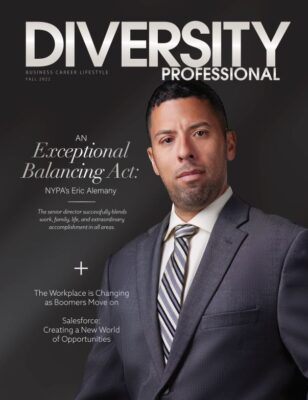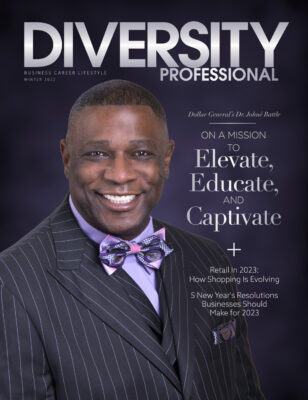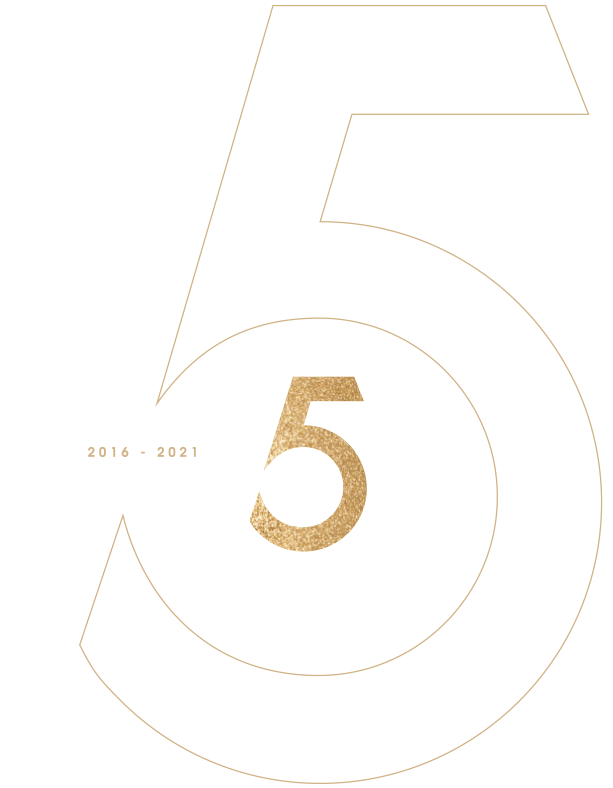Multicultural Creative Professionals Key To Innovative Technological Development
What do creative professionals have to do with the “importance of minority (including women) businesses and collaboration with outside technology development?” A 2016 article in the Dallas Business Journal, “Inaugural Technology Conference Stresses Importance of Diversity with Suppliers,” spurred me to think.
An event panel sought to answer the question “Why and how businesses partner with emerging technology companies?” According to the event’s keynote speaker, Albert Shen, minorities will make up a majority of the country by 2044. U.S. census statistics estimate that women already make up 51 percent of the population. Oliver Turman, director of International Procurement Operations at AT&T, told the audience, “We want our supply chain to look like our customer base.”
Smart Insights, posted an article titled, “How Technology is Changing Marketing and Why We Need to Keep Up.” The key quote from this article was from Jeremy Cioara of CBT Nuggets:
“In a nutshell, we’re living in a rapidly changing world where ‘on the fly’ collaboration sessions involving voice, video, and data sharing are becoming commonplace. Executives and employees have their expectations set high when it comes to supporting collaborative communication within an organization.”
Then, the article listed several topics under The Future of Digital Marketing, including; Wearable Technologies, Faster Everything, Global Reach, Cultural Outreach. Wait, what? While this article stresses the global nature of technology, this applies to the multicultural, multi-racial, multi-generational and multi-gender population right here in the U.S.
“Once you understand the culture, you’ll be able to craft a marketing plan for each audience. Don’t wait to start learning about this one.”
Why should companies work with diverse small businesses in the emerging technology development space? The business case for supplier diversity has been well documented (see Proctor & Gamble Supplier Diversity for a good example). Stew Atkinson, chief purchasing officer for Proctor & Gamble, says, “…We are committed to supplier diversity as a driver for value creation and continuous innovation.”
TECH + DESIGN + DIVERSITY = Home Run.
And, remember Oliver Turman said, “We want our supply chain to look like our customer base.”
Creatives On Call, a Women’s Business Enterprise National Council-certified creative staffing company, began tracking diversity placement numbers in 2006, well before the call for more diversity in the creative industry. Creatives on Call CEO April Koenig found that over 53 percent of all Creatives on Call assignments were given to female candidates and over 28 percent to minorities (percentages = annual average). Over 50 percent of creative professionals today are, you guessed it, millennials. These numbers show that while creatives themselves are a largely diverse population of highly skilled, artistic individuals, many under-represented groups continue to lag behind the national average.
Recent stats posted by D&AD, a charity based in the United Kingdom, show that there is much work to be done. Only 11.4 percent of industry jobs are filled by black, Asian and minority ethnic people, and just 11.5 percent of creative directors in the U.S. are women. How is the creative industry dealing with diversity in creative talent?
ONLY 11.4 PERCENT OF INDUSTRY JOBS ARE FILLED BY BLACK, ASIAN AND MINORITY ETHNIC PEOPLE, AND JUST 11.5 PERCENT OF CREATIVE DIRECTORS IN THE U.S. ARE WOMEN.
In New York, D&AD teamed with Adidas to create, D&AD New Blood Shift NY, an intensive 12-week night school program that places an emphasis on raw, untrained talent. It’s open to all with no age limit and no prior experience necessary. Students who can’t afford to go to school full time can work current jobs during the day and attend classes at night. They are introduced to professionals from Ogilvy & Mather as “buddies” who act as mentors.
Girls Develop It was created in 2010 to provide affordable programs for adult women interested in learning web and software development in a judgment-free environment. They are “committed to making sure women of all races, education levels, income and upbringing can build confidence in their skill to develop web and mobile applications.”
Then, there is the partnership between E4 Youth and GSD&M in Austin, Texas. (Diversity Professional Magazine Fall 2018 issue—“Diversity in Advertising: How a nonprofit in Austin, TX is changing the face of creative talent.”). Through their partnership, E4 Youth and GSD&M are providing talent and future leaders from underrepresented groups to the creative world.
Improvements are being made. But back to my opening question—What do creative professionals have to do with the “importance of minority (including women) businesses and collaboration with outside technology development?” Practically everything.
Creatives live in digital, marketing, advertising and corporate communications. They design, write, paint, sculpt, ideate and develop. The top creative jobs for 2019 are content writers, copywriters, digital strategists, product managers and web designers. In a market where content is priority one, a multicultural, multi-racial, multi-generational and multi-gender work force will be the key to innovative technological development.
More important are the top skills required from creatives today—user experience, user interface and social media; creating design that sells; understanding the reaction of people to products; coding and understanding how algorithms affect data and how artificial intelligence affects the end product. Notice that soft skills are as important as technology skills.
With the face of the world population rapidly changing in make-up and culture, large companies must continuously up their game by working with agile, culturally competent diverse small businesses staffed with teams of equally diverse creative talent.

